Before air-power plays a crucial role in the war, battleships posed a major threat. Just after the Meiji Revolution in 1868, Saigo Takamori, the hero of the revolution, recognized the importance of the Korean Peninsula for the security of Japan.
Great Britain acquired part of China (Hong Kong) in the Opium War and France occupied Indo-China (Vietnam and Laos). The Imperial Russia continued its advance toward the east for expansion of the territory. If a hostile foreign force occupied the Korean Peninsula, what will happen to Japan? All the ports of the Korean Peninsula may be used as jumping points to attack Japan. The Sea of Japan will automatically become a hostile foreign territory. This was what exactly happened when the Mongols occupied China and Korea in the 13th Century (and Soviet Union/Red China in the Korean War 100 years later).
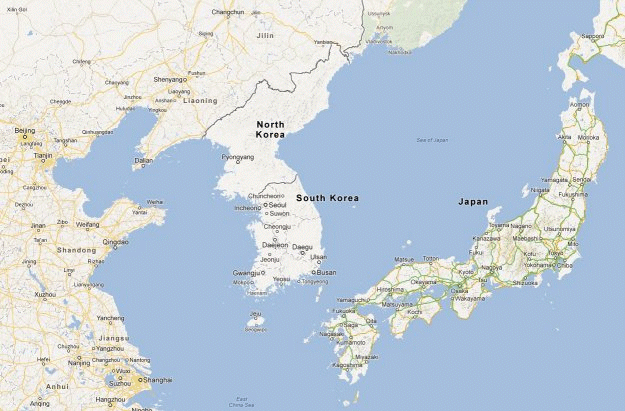
However, when the Japanese leaders in the Meiji Era visited Korea in late 19th century or early 20th century, they were all shocked to see the pre-historic impoverished neighbor, the ancient dynasty of Choson Ri, where ordinary people were persecuted for 500 years under oppression of the Ryang-bang aristocrats. (They estimated that 1/4 of the wealth was deprived by the Qing Dynasty of China every year.)
The Japanese leaders recognized the need of modernization of Korea, just as they did in their home country in the Meiji Era in order to make Korea as a buffer-zone against western colonial powers. So Japan decided to engage a war against China to make Korea independent from China as the first step for its modernization........
Many Koreans consider August 15, 1945, is the day when Korea was liberated. But, the big question is gliberated from what?h Japanfs annexation of Korea, which continued from 1910 to 1945, was the great days for Korea.
The faction fights among aristocrats and nepotism, the long tradition of Korea, were eradicated by Japanfs occupation. When Japanese leaders visited Korea, they were shocked to see that there were slaves tortured horribly by the aristocrats who spent all days reading and preaching mambo-jumbo of Confucian scrolls. They dominated education and the education was out-of-date. They needed modern schools where the young people could learn modern science. Without Japanfs effort, even though it was violent, how could the Ryan-bang aristocrats be eradicated so Korea could achieve the basic principle of a modern nation, which is thegEqual Opportunity for Everybodyh?
Although Japanfs 35 years effort of modernizing Korea was not entirely arising from charitable spirit or benevolence, as it was part of Japanfs self-defense, the Annexation Era was the peaceful days, the days of Korean-Japanese joint effort for gradual modernization and industrialization.
One example is the fact that the population of Korea (the north and the south combined) had doubled during the Annexation Era. This population increase was achieved due to improved irrigation systems, construction of dams and waterways, and creation of fertilizer industry. It contrasts greatly to todayfs North Korea, which suffers from famines almost every year. Another example is the railway network systems which connected all parts of the Korean Peninsula and enabled ground transportation of travelers from Seoul or Pusan to Europe through the Siberia Railway.
See what happened after the Annexation. All kinds of puppets came home and Koreans began its traditional faction fights again and made fratricidal wars.
There was nothing to steal or deprive from the impoverished stone-age Korea before Annexation!!
Despite all these efforts, Koreans persecuted, killed, injured and raped more than 400,000 Japanese residents in Korea while they were trying to go home peacefully.
Besides, without Japanfs financial aid given to S. Korea in 1965, how could the economic growth in 1970s be possible?
| Seoul in 1960s |
|
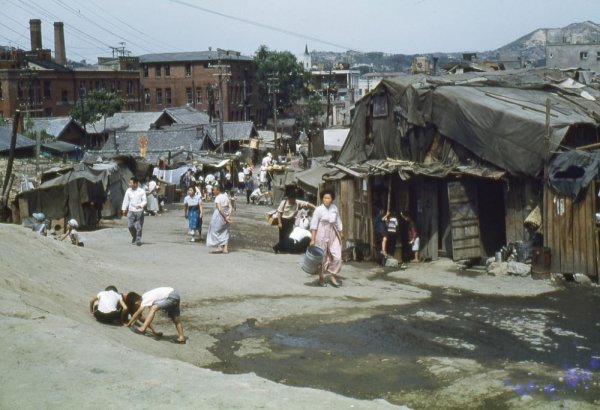 |
|
However, Koreans continued anti-Japan education as if Japan-bashing is only their national identity and now they were totally brainwashed.
Just recently in 2004, Koreans passed the laws to confiscate the property of the descendants of the people who cooperated with Japan during the Annexation days, calling them gtraitors.h It was the retroactive law to punish their ancestors on the basis of the present interpretation. How can you humiliate your own ancestors who devoted their lives for advancement of civilization in Korea although it was attained within the framework they could not alter? What kind of people are you?
Now Koreans fabricated a forced sex slavery fake story and began international smear campaign against Japan.
We Japanese are already sick of it.
Many of us today consider that the Annexation of Korea was a total failure, the great misfortune for Japan, and some people insist that Japan should adhere to the following three basic principles: Do not help Korea; Do not teach Korea; Do not have any relationship with Korea. The author cannot agree more.
Above: Behind the old city hall of Seoul that was built during the Annexation Era, the Koreans have built the new one in November, 2013. The official name of the new building is gBig Wave.h The people of Korea call it gTsunami.h













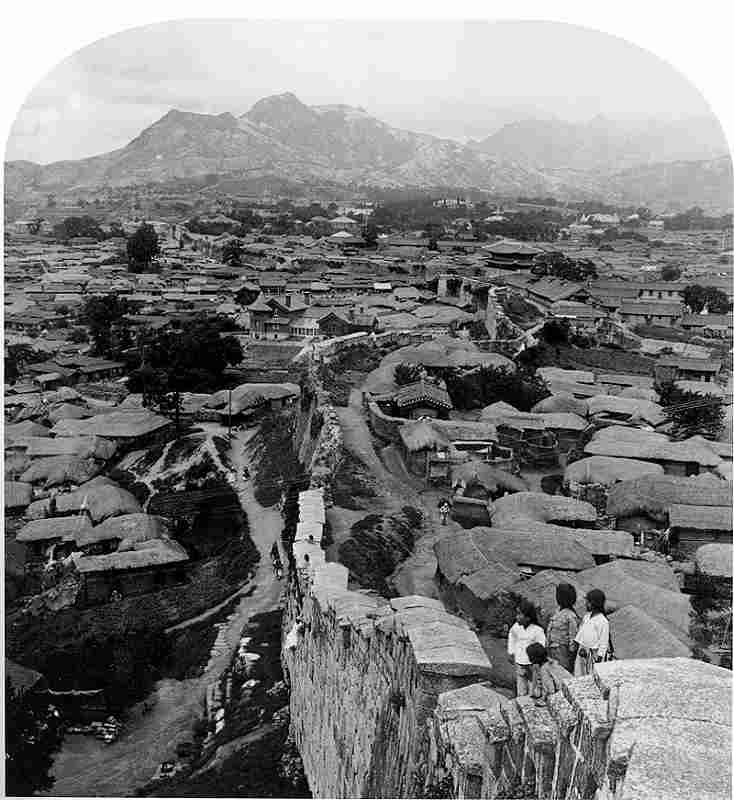












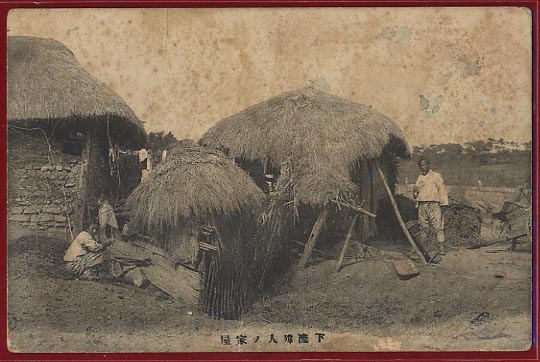
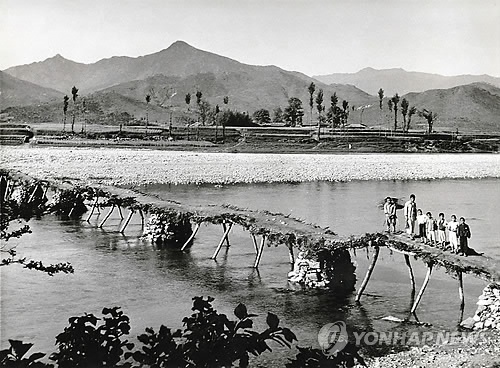
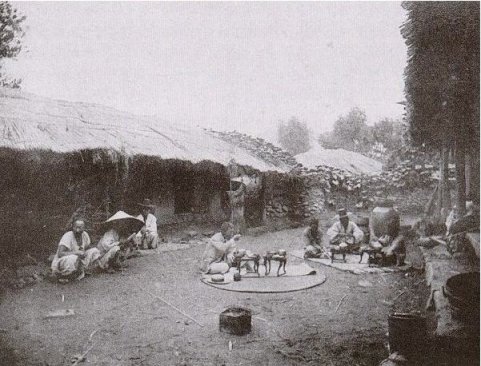
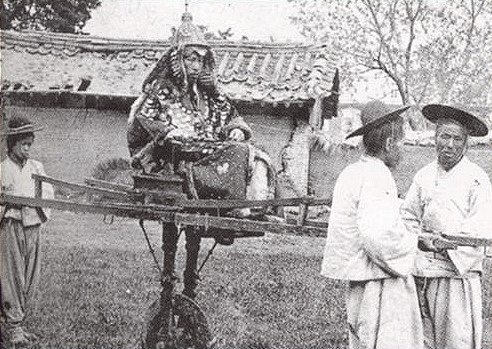






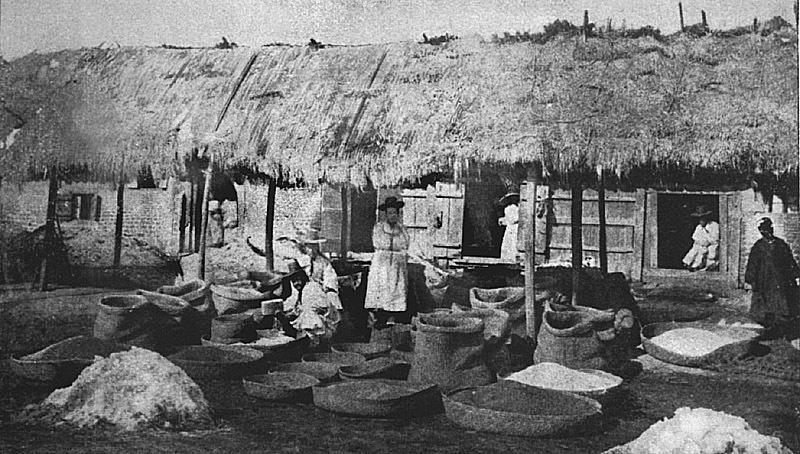






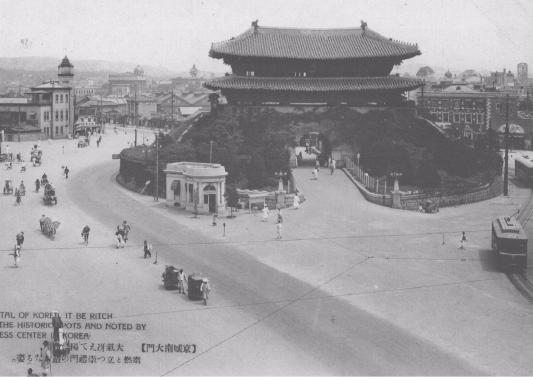



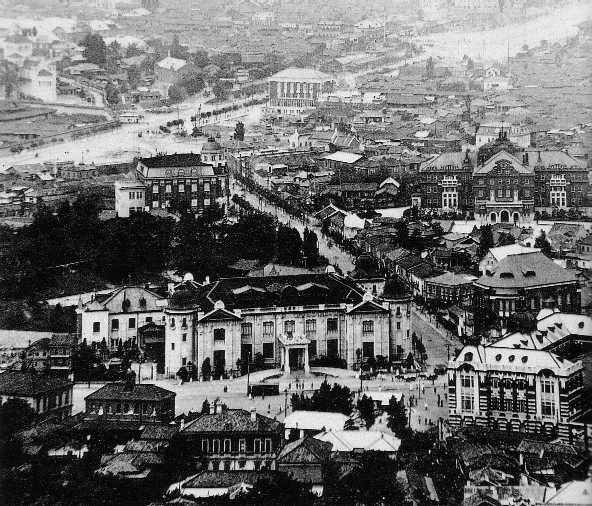
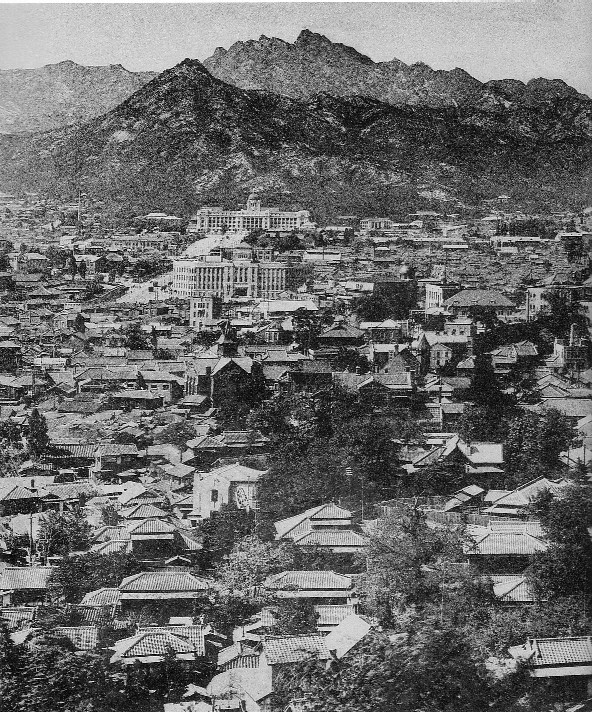
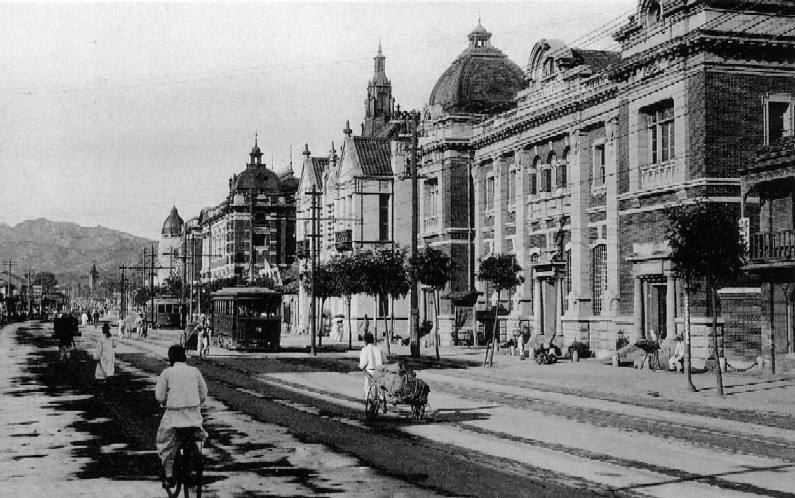


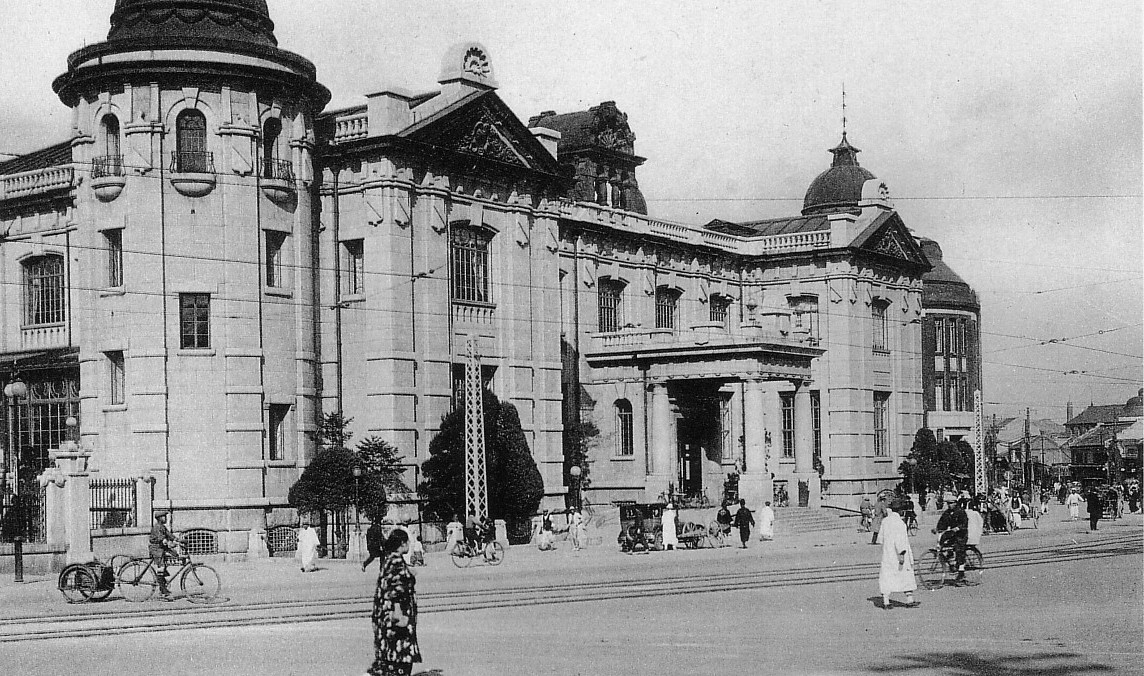




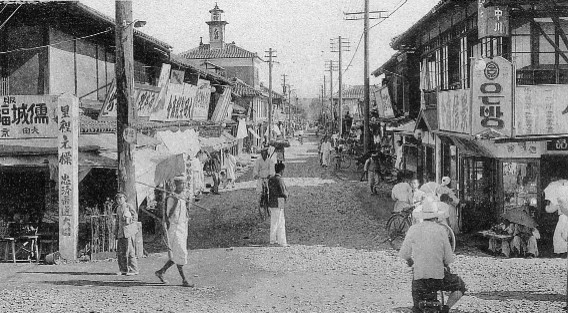


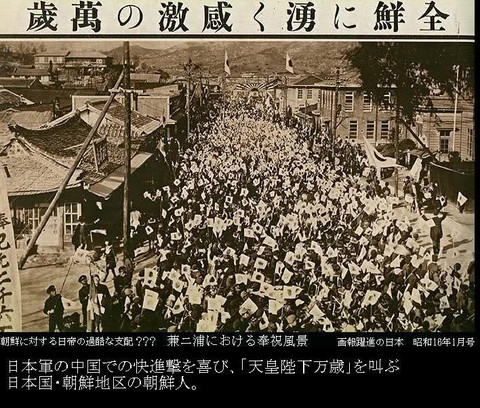
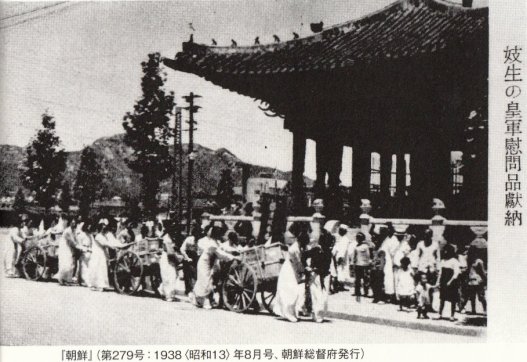


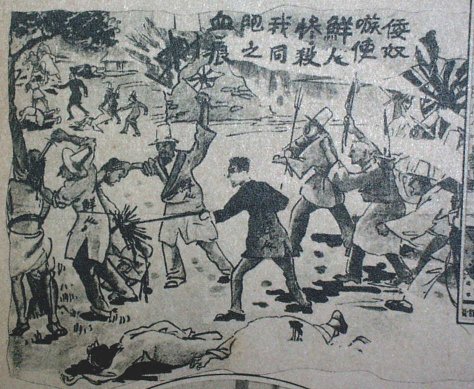


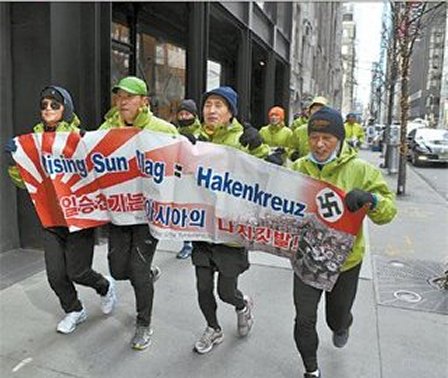
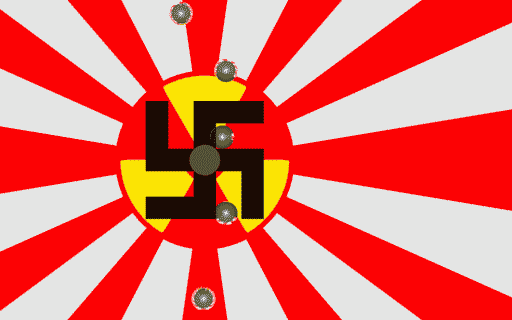




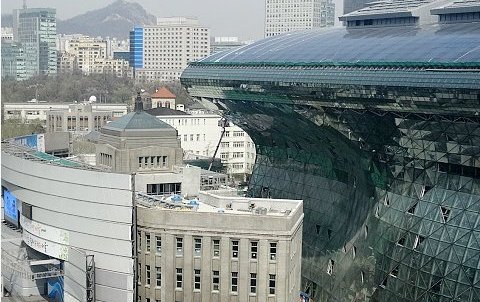
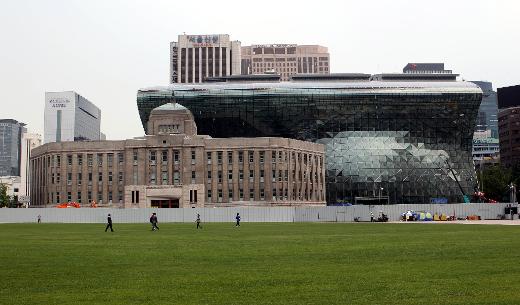
 To Top
To Top To Home
To Home